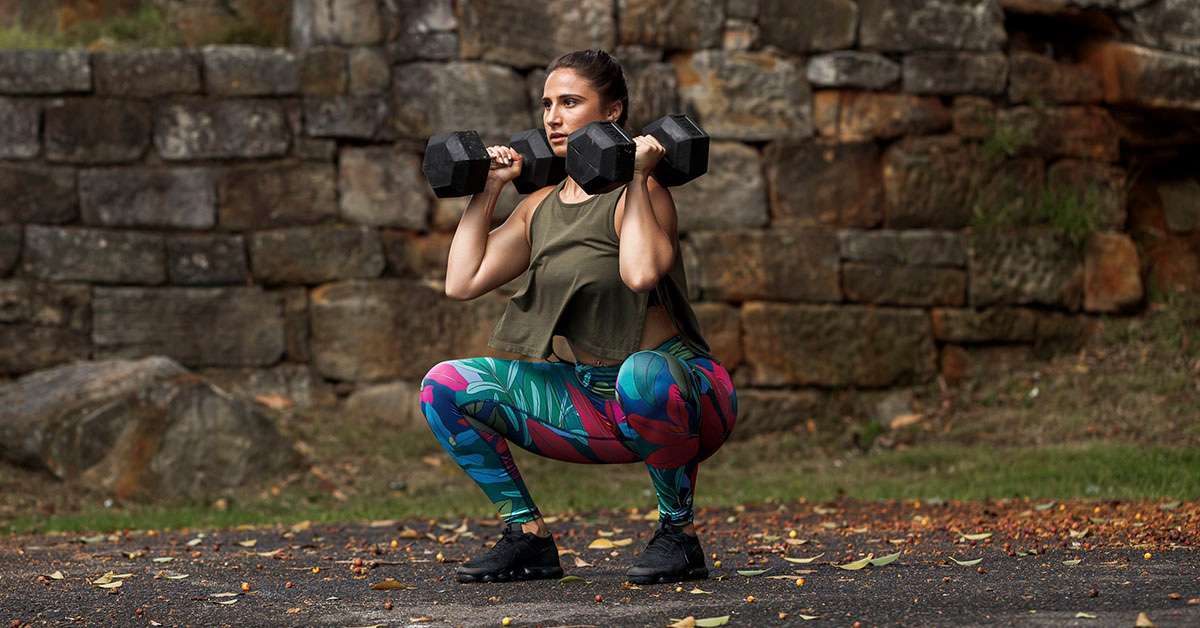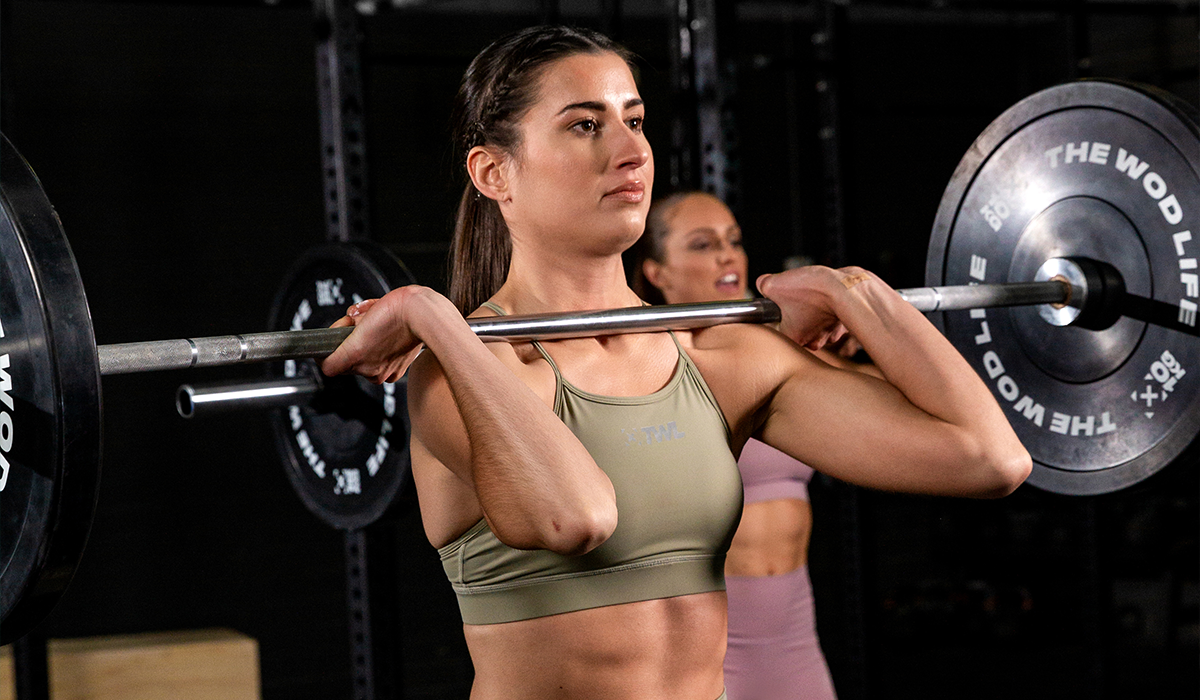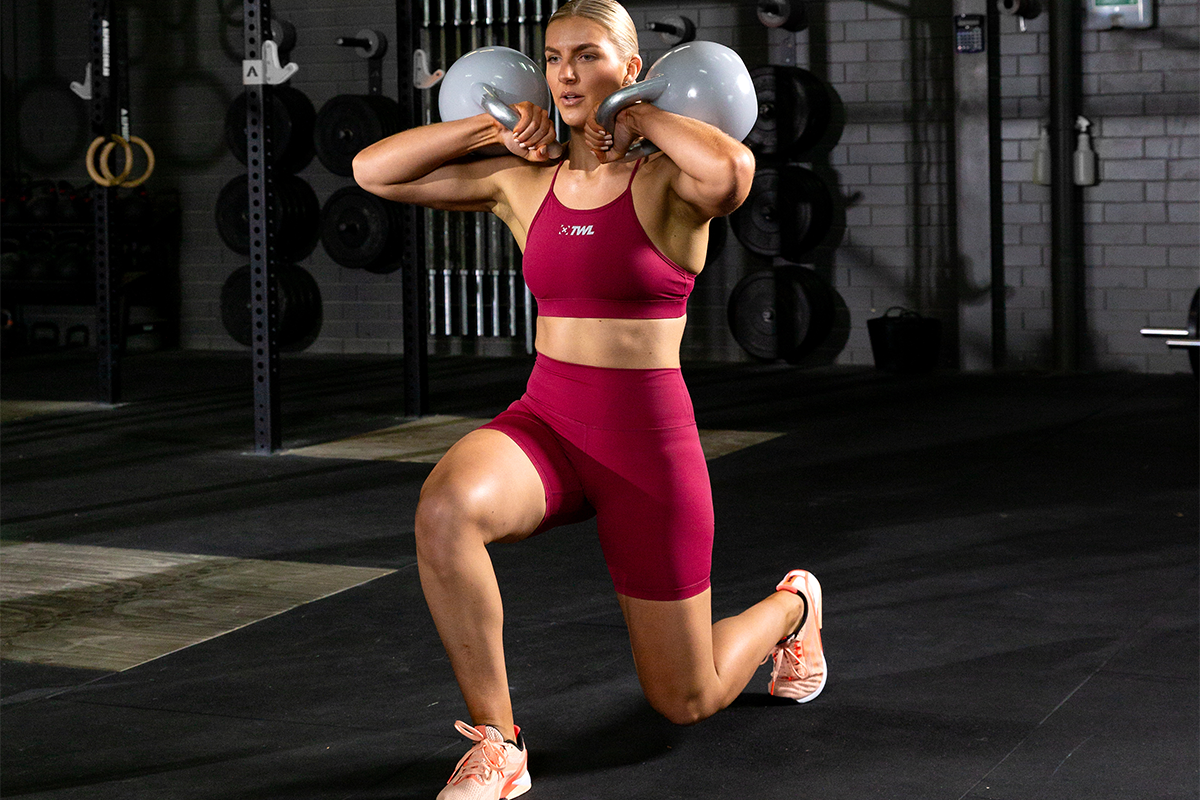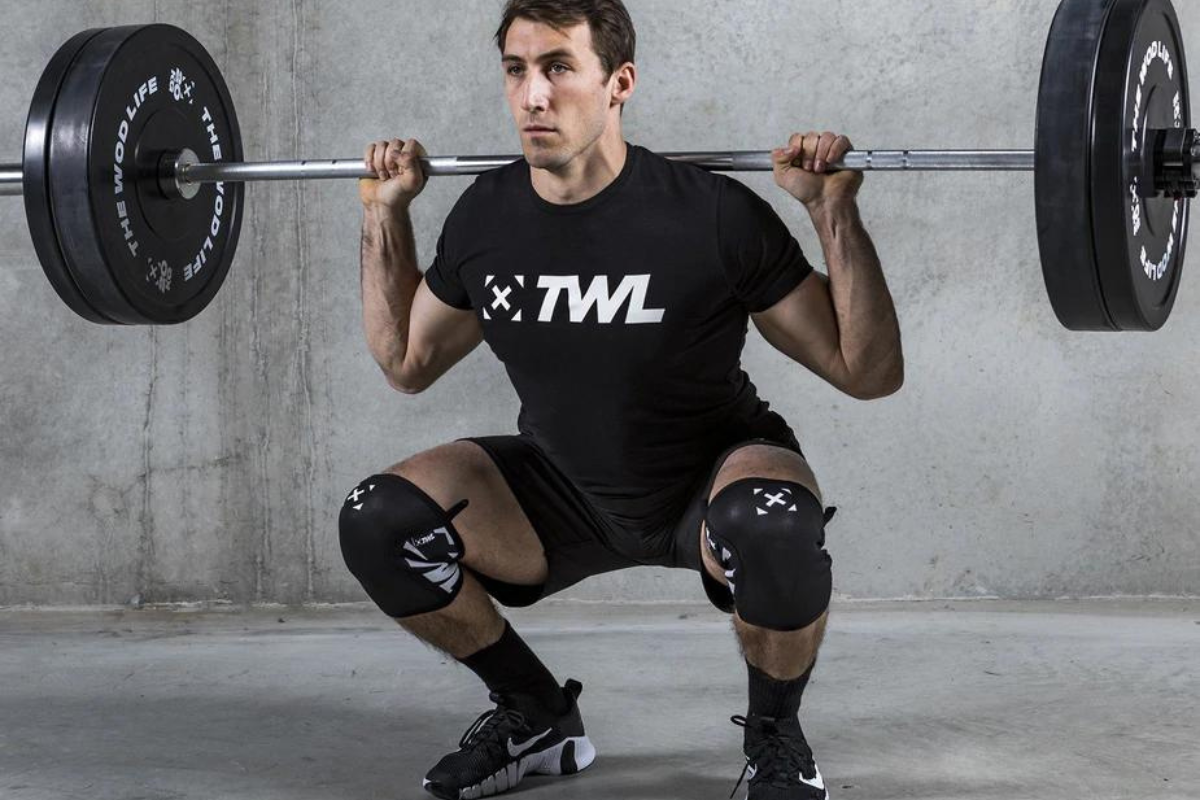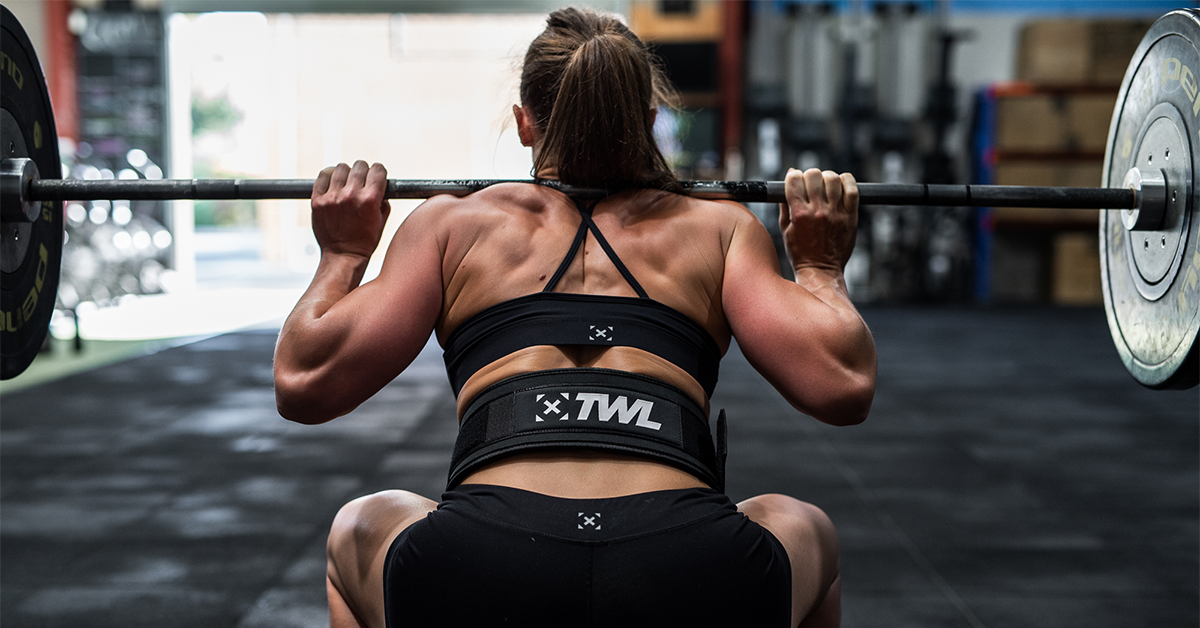If you frequently get stuck at the bottom of heavy squats or cleans, it’s time to tackle your sticking points. Below are four exercises you can add to your training to strengthen the bottom of your squat and start moving heavier weight.
Note: These exercises should be used in addition to your regular front and back squats. Or, you can try these challenging squat variations.
View this post on Instagram
Wait, Why Do We Even Care?
Great question. There are a few reasons you want to stay strong at the bottom of your squats.
For starters, there’s your safety to consider. Losing tension at the bottom of a heavy squat can be dangerous and lead to injury. Even riskier is diving under a heavy clean with the bar crashing on you, and your body folding under the pressure — before you ultimately use everything you have left to try to get out of the bottom.
This can lead to strained muscles and even long-term pain and discomfort.
Second, you will plateau. You won’t be able to survive a weak bottom position forever. Thus, if you want to keep progressing and improving, you need to address this weakness.
And finally, remember how pivotal squats are to your overall fitness level. They’re one of the best things you can do for your body. If you’re not properly utilizing the right muscle groups, though, you’re cheating yourself out of the many benefits squats have to offer.
Now, let’s get to the good stuff.
https://www.instagram.com/p/BxjnsM-Hgxp/
4 Exercises for Strengthening the Bottom of Your Squat
1. Pin Squats (a.k.a. Dead Squats, Anderson Squats, Concentric Squats)
Train the most difficult part of your squat with the pin squat. You’ll start the lift at your sticking point, with the bar resting on the pins.
How it Works
The pin squat starts from a dead stop at the bottom of the range you’re training and can be performed as either front or back squats. You should lift lighter weights than you would typically use for a set of full squats.
- To set up, perform some full range of motion weighted squats (front or back, whichever you’re training) and pay attention to the height of the bar in relation to the squat rack when you’re at the bottom of the lift.
- Re-rack the barbell and set up the pins in the rig at the bottom height you gauged in the previous step.
- Place the barbell on the pins (or squat the barbell down to the pins).
- To perform the lift, arrange yourself in the bottom of a squat, set up the barbell in either the front rack or back position, inhale, brace your back and torso and rise forcefully from the bottom of your squat.
- Squat back down to the starting position, returning the barbell to rest on the pins.
- Reset and repeat.
2. Pause Squats
Similar to pin squats, pause squats remove the stretch reflex and force you to recruit more muscle involvement as you drive upward. The pause can be implemented at any point of the squat, but for strengthening the bottom, you should pause at the bottom. Be sure to warm up first and squat with a lighter weight than you would use for normal squats.
How it Works
- After loading the barbell to the front rack, back, or overhead position, drop into the bottom of your squat and pause for 1-5 seconds.
- Be sure to keep your core and back engaged the whole time — no relaxing in the hole.
- After 1-5 seconds, drive upward with your legs, maintaining proper back position.
- Repeat.
As with the pin squat, focus on driving upward with as much force as possible. Maintaining core tension throughout the movement is key to performing the movement properly and without injury. Pause squats not only strengthen your ability to get out of the hole, but they can also increase mobility and improve stability in the catch of the clean or snatch.
Shop Now
3. Pistols
Also known as one-legged squats, pistols challenge strength, balance, and mobility and often involve a greater range of motion than other squats. If your pistols are high-quality and don’t require you to bounce yourself out of the hole, you can use them to strengthen the bottom of your squat one side at a time. If you have significant muscle imbalances between your left and right legs, the pistol is also an ideal movement for tackling those.
How it Works
- Standing on one leg with your toes pointing forward, hold your other leg out in front of you and lower into the bottom of a squat. Make sure your active knee doesn’t cave inward.
- Once you reach the bottom, drive yourself upward, maintaining balance and control the whole way.
- Switch legs and repeat the movement.
https://www.instagram.com/p/B0rtDPkh3uR/
4. Pause Jump Squats
Similar to the pause squat, the pause jump squat forces you to come out of the hole without the help of the stretch reflex, but it more greatly emphasizes explosiveness. It can be done with or without additional weight.
How it Works
- After warming up, sit back into the bottom of a squat and pause for 1-3 seconds.
- Explode upward, jumping as high as you can.
- Land softly and return to the squat position. Pause for another 1-3 seconds and repeat.
The pause jump squat strengthens explosiveness out of the hole, which translates to stronger overall squats. It can also improve squat form, because in the process of jumping, your body works to stay as vertical as possible. The pause jump squat can be added to burpees for an additional workout challenge.
Athletes sometimes mistakenly think that at the bottom of the squat, you’re free to relax for a second before you stand up. This will work against you! If you relax and let go of that tension, your body will very likely collapse under the weight. Stay engaged and upright throughout the entire lift.
Have your squats plateaued? We can help! Check out our squat program — gains are around the corner.
Shop with The WOD Life today!

